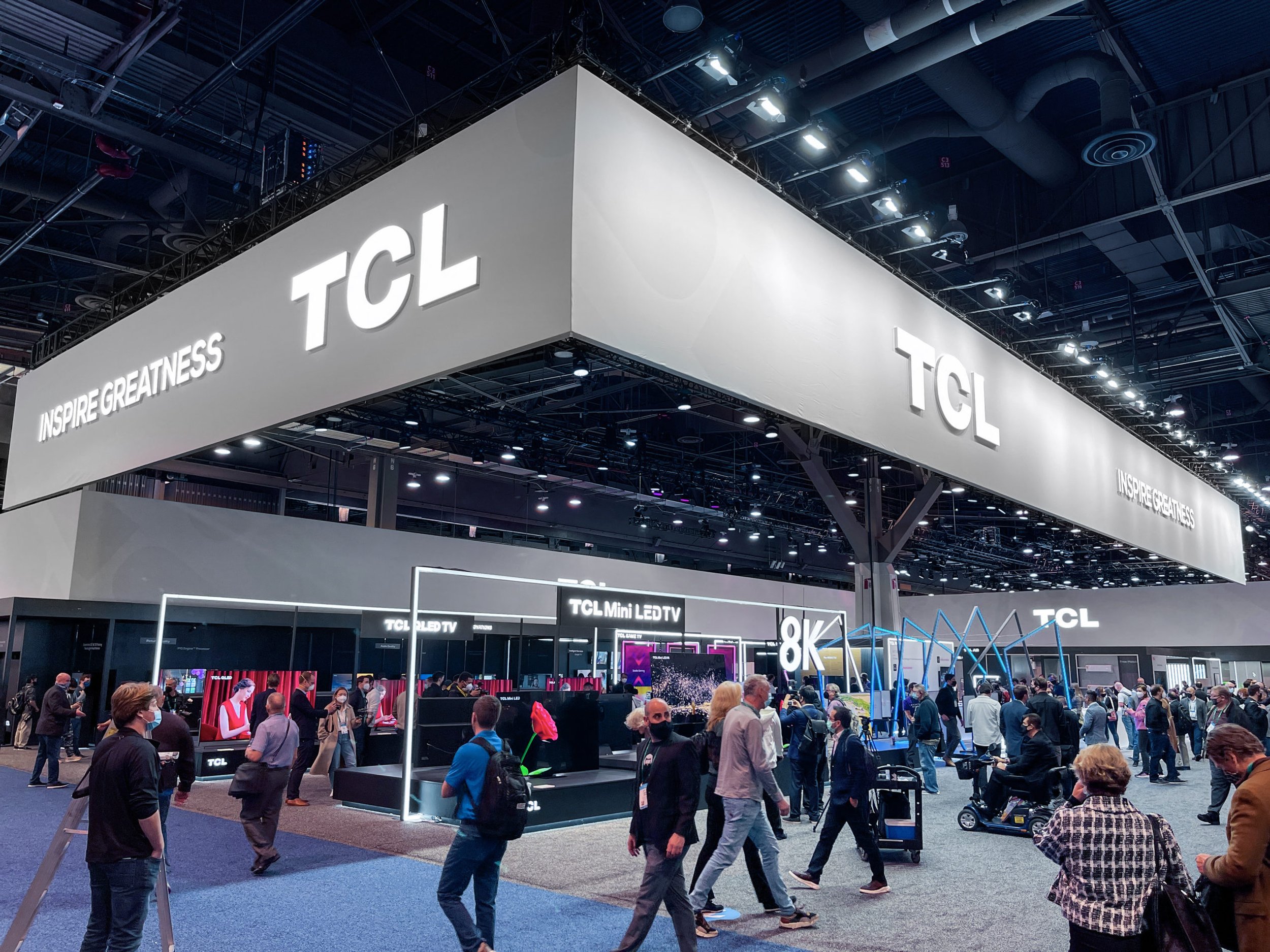It’s that time again, CES is upon us! As many celebrate the Holidays spanning Thanksgiving, Christmas and the New Year, the consumer electronics industry is busy at work preparing for its biggest, most influential trade show of the year. That’s right, as soon as the Times Square ball drops, it’s a last-minute scramble to finish preparation for the Consumer Electronics Show in Las Vegas.
Commonly known as CES, the show is expected to attract more than 130,000 consumer tech insiders including manufacturers, retailers, media, and more.
What’s the attraction? Well, it’s the one place where the latest technology goes on display for all to see, and it provides a sneak peek at the new gadgets that will be available to consumers in the year ahead.
While CES does bring with it glorious tech-filled days, it’s also a brutal endeavor filled with massive crowds, endless lines, and it is daunting to navigate the seemingly endless exhibit space.
For those venturing to their first CES in 2025, here are a few tips that I’ve learned along the way.
CES Survival Tip #1: It’s All About the Shoes
CES is spread over multiple convention centers and countless hotels around the Las Vegas strip. While the exhibit halls at the Last Vegas Convention Center (or LVCC) have set hours, chances are your working hours will far exceed those times. Opt for sneakers over dress shoes, and layer your clothing to adapt to changing temperatures. Regardless of your schedule or planned attire, wear comfortable footwear—it will be crucial to your survival!
CES Survival Tip #2: Hydrate, then Hydrate More
Las Vegas is a desert—dry and unforgiving. Plus, with long hours, running to meetings around town, and constant networking, it’s very easy to forget to drink water. However, it’s the single most important thing you can consume to keep your energy up, plus it will keep you from getting sick.
CES Survival Tip #3: Rest Up When You Can
A good night’s sleep is probably rare in Las Vegas regardless of the time of year, but it’s especially difficult during CES. Between early mornings on the show floor and late night dinners with customers, colleagues, and partners, the days can be very long. Find time to get off your feet when you can. Remember, when it comes to CES, it’s a marathon and not a sprint.
CES Survival Tip #4: Always Give Yourself Extra Time
Normally in Las Vegas, getting around is pretty easy, thanks to plenty of taxis and no shortage of ride share options. But with the influx of people in town for the biggest show in Tech, just getting a cab can feel like an eternity. If you have a meeting you’re trying to get to at the booth at the sprawling LVCC or elsewhere on the strip, always pad the amount of time you expect it will take to get there—you are going to need it.
CES Survival Tip #5: Master the Maze
Las Vegas hotels are intentionally designed to be labyrinths. However, it is sometimes better to cut right through the hotels to get to your next destination, rather than walking around them or waiting in taxi lines. Make time to familiarize yourself with the layouts of the convention centers and the hotels you know you’ll be visiting. You might just find that navigating through the indoors is quicker, so long as you don’t get lost in the maze (hat tip M. Brandon Lee)!
CES Survival Tip #6: Prioritize Health
Things are more or less back to normal, post-pandemic. However, even in a normal year the amount of people from around the world, together in tight spaces, pose a health risk. Before you go, get up to date with your COVID-19 vaccines and booster shots for everyone’s benefit.
It’s also important to get plenty of rest, eat healthy meals, and review the latest health and safety guidelines. Consider carrying masks, keep your distance from fellow attendees, opt for outside air flow and open spaces whenever possible, and never be far from hand sanitizer.
CES Survival Tip #7: Learn Something
There’s a lot of work that goes into CES prior to to the show’s official start in Las Vegas, and many grueling hours once you hit the show floor. But after many years of attending this show, there’s for sure nothing quite like it.
CES showcases new and revolutionary technology. It’s where tech trends for the year ahead begin. It is the one place where the world comes to display the latest innovations, and not just when it comes to wireless technology, home automation, and smart home devices.
As both a marketer and as someone who loves technology, there’s a lot to absorb. Take plenty of pictures. Bring a pocket notebook to take notes. Be sure to capture interesting things you see.
Just make sure you come away from this event with some new learnings.










